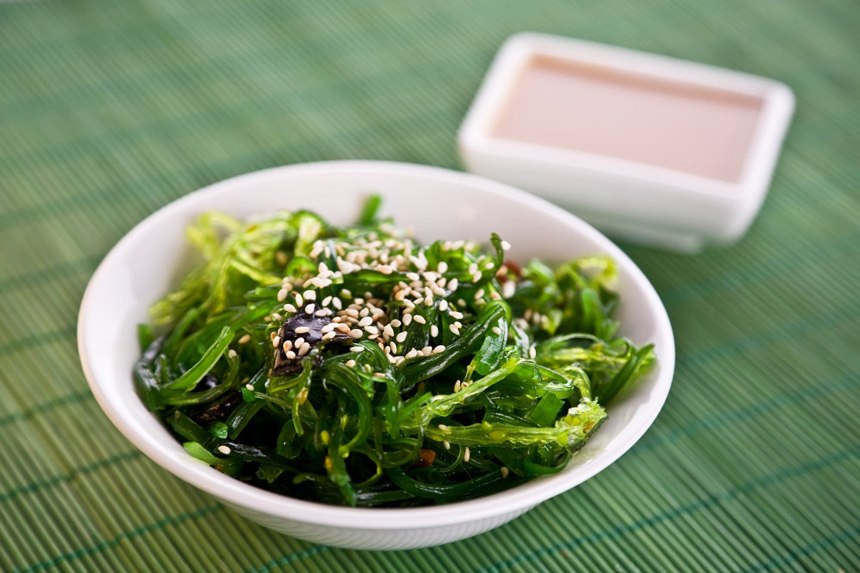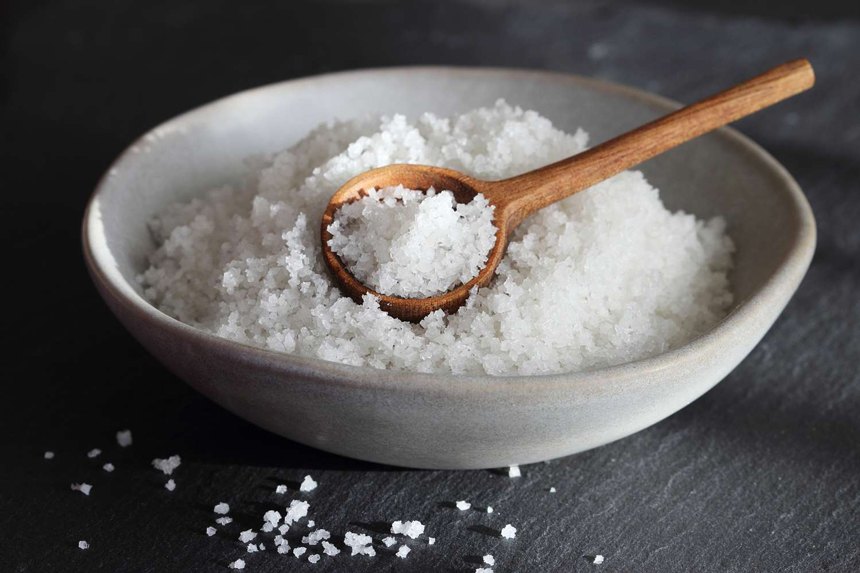Seaweed

Seaweed stands out as a nutritional powerhouse, offering a wealth of antioxidants, vitamins, and minerals, alongside being an excellent source of iodine. The iodine content in seaweed varies widely depending on the type, where it was grown, and how it was prepared. Kombu kelp, a kind of brown seaweed, is exceptionally high in iodine, providing almost 2,000% of the daily recommended intake in just a single gram. Wakame, another brown seaweed, is known for its subtly sweet taste and is a staple in miso soup.
A study surveying various seaweed samples from Asian countries highlighted kombu kelp’s exceptionally high iodine content. While seaweed is a beneficial addition to any diet, it’s essential to consume it in moderation due to the potential for excessive iodine intake, which could lead to thyroid issues in susceptible individuals. [4] [5]
Iodized Salt

The introduction of iodine into table salt in the early 1920s was a public health measure aimed at combating goiter. A quarter teaspoon of iodized salt provides 47% of the daily iodine intake, making it an easy way to ensure you’re getting enough of this essential nutrient. However, because table salt also contains sodium, it’s important to use it judiciously, especially for those monitoring their blood pressure.
Despite the push to limit sodium intake to prevent hypertension, iodized salt remains a simple and effective way to prevent iodine deficiency. Interestingly, only a fraction of the population is sensitive to the blood pressure-raising effects of salt, suggesting that many can safely incorporate iodized salt into their diets without adverse effects.





